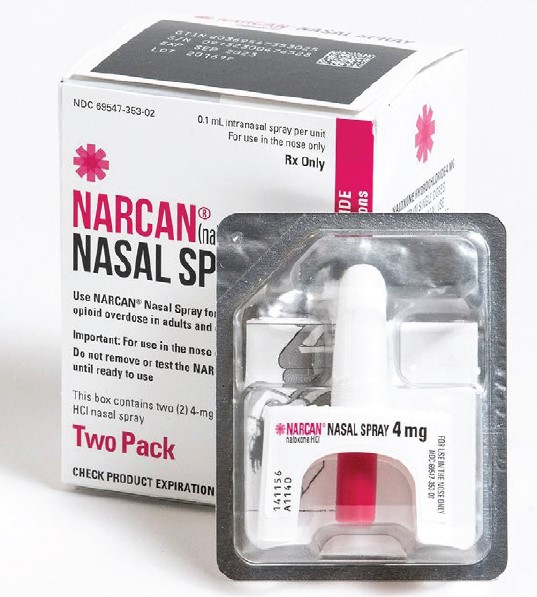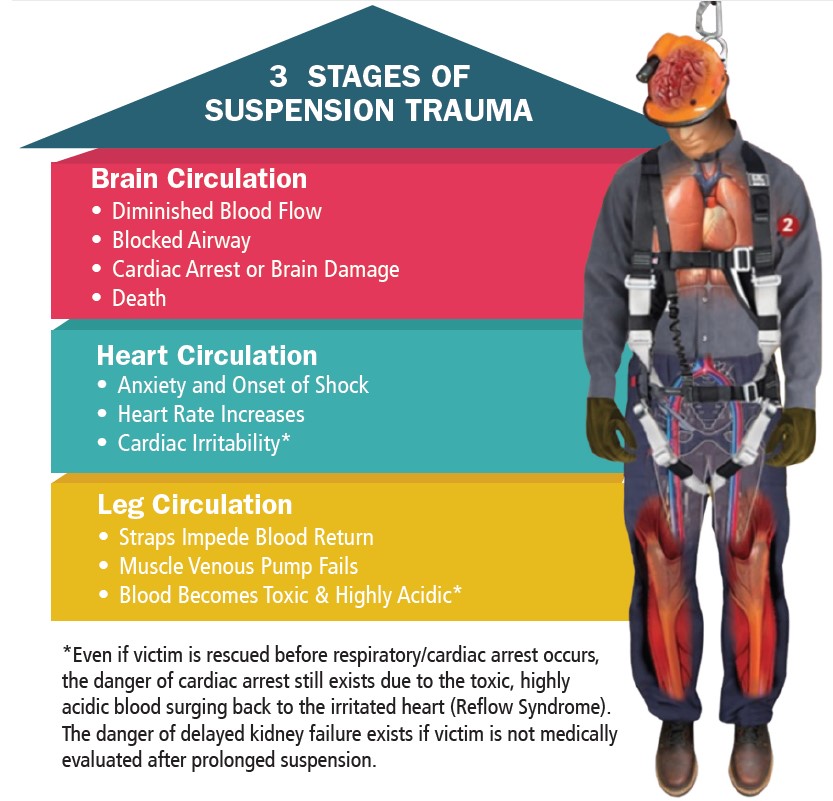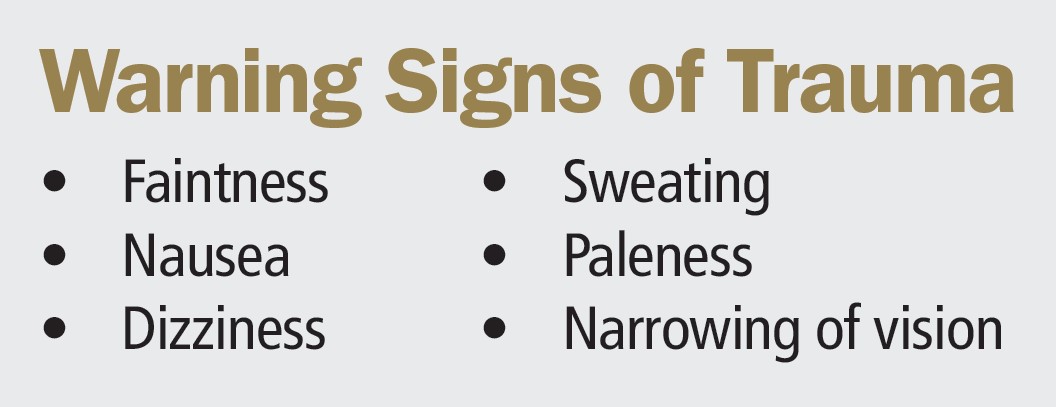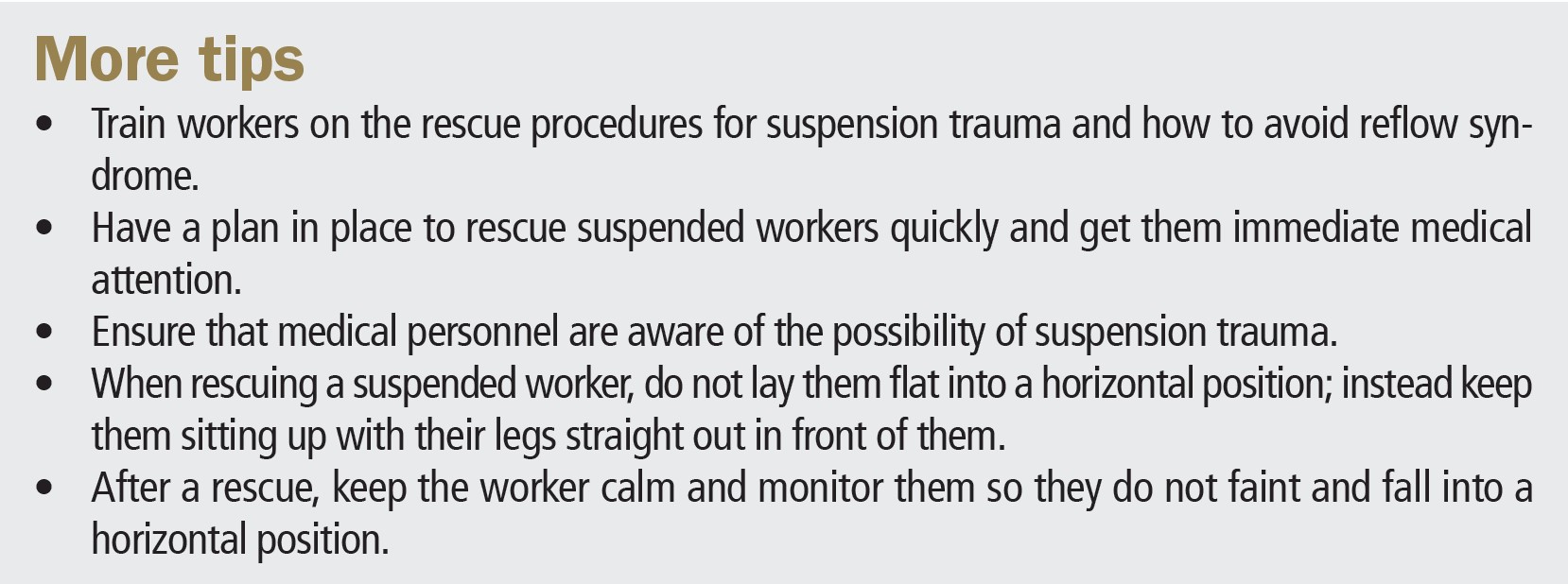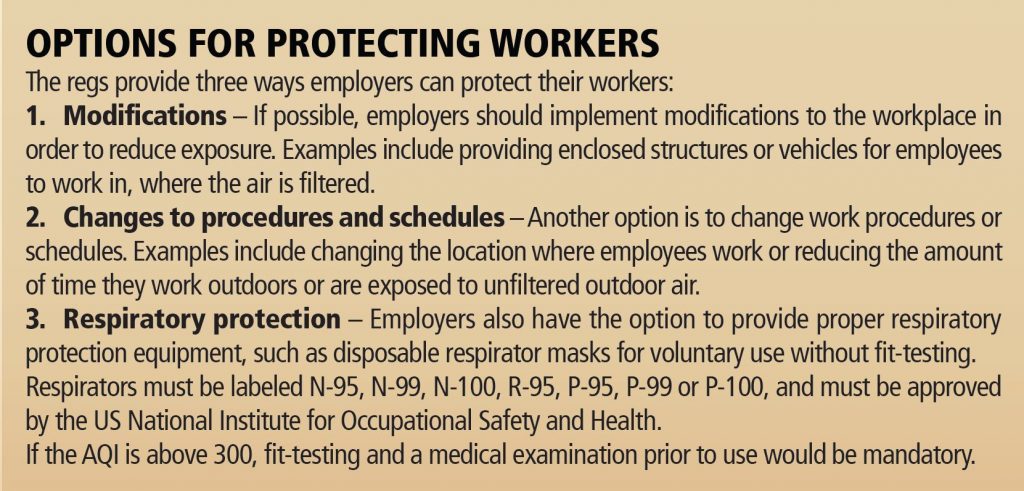THE CAL/OSHA Standards Board has voted to approve new heat illness prevention regulations that will require some workplaces to make significant adjustments to their operations in order to comply, possibly starting early this summer.
The vote has been challenged, and at the last minute, the California Department of Finance withdrew its approval of the regulatory changes due to a lack of full analysis on their potential financial impact on state entities, particularly state-operated correctional facilities.
However, Cal/OSHA is already in the process of creating a carveout for these entities to appease the Finance Department.
The indoor heat illness prevention standard applies to most indoor workplaces where the temperatures reach at least 82 degrees. According to Cal/OSHA, that includes facilities like warehouses, manufacturing and production facilities, greenhouses, wholesale and retail distribution centers, restaurant kitchens, and dry cleaners.
The rules
Applicable employers will need to create and maintain a written indoor heat illness prevention plan that includes the following:
82-degree trigger – When temperatures indoors reach this level, employers must:
• Have and maintain one or more cool-down areas when employees are present, which must be kept at a temperature below 82 degrees.
• Allow and encourage staff to take preventive cool-down rests in a cool-down area when they feel the need. They should be monitored for signs of heat illness during rests.
• Provide drinking water near the areas where employees are working.
• Observe all employees during heat waves when a workplace has no measures for controlling the effects of outdoor heat on indoor temperatures.
87-degree trigger – When the temperature exceeds 87 degrees, employers must measure the temperature and heat index, and identify all other environmental risk factors for heat illness. Firms must keep records of the temperature/heat index.
They must also implement control measures such as:
• Using air conditioners, swamp coolers, ventilation, or other measures to reduce the air temperature (engineering controls);
• Adjusting work procedures, practices, or schedules to minimize exposure to heat, such as changing shifts to start earlier and avoid the hottest parts of the day (administrative controls); or
• Using personal heat-protective equipment, such as water- or air-cooled garments or heat-reflective clothing.
Employers with affected workplaces must also observe new employees for 14 days when working under these conditions.
Emergency response – Employers must develop emergency response procedures, which must include:
• An effective communication system to allow workers to contact a supervisor or emergency services.
• Steps for responding to signs and symptoms of heat illness, including first aid and providing emergency medical services.
• Emergency response procedures for severe heat illness.
• Monitoring employees exhibiting signs of heat illness, and not leaving them alone without offering them onsite first aid or medical services.
Training – Employees and supervisors will need to be trained on:
• Personal risk factors for heat illness.
• Their employer’s procedures for complying with the regulations.
• The importance of frequent water consumption.
The takeaway
As mentioned, at this point there is no definitive date for these regulations taking effect, but Cal/OSHA insists they will be ready before summer starts in late June.


